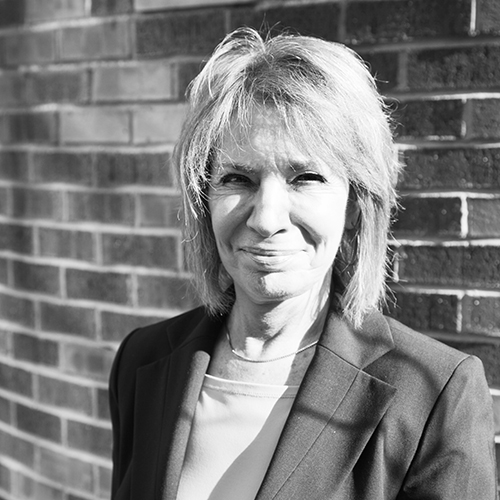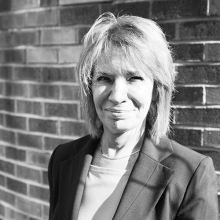Rule One Initiative: Third Civil Justice Reform Summit
 We all were there with the same objective: to achieve increased access, trust, and confidence in the courts through significant reduction in costs and delay in civil cases. All of us, in one manner or another, were already deeply involved in local experiments seeking to ultimately achieve that goal. We came poised to take on the formidable next task of wide-spread implementation, or in the words of the keynote speaker, “scaling the message.”
We all were there with the same objective: to achieve increased access, trust, and confidence in the courts through significant reduction in costs and delay in civil cases. All of us, in one manner or another, were already deeply involved in local experiments seeking to ultimately achieve that goal. We came poised to take on the formidable next task of wide-spread implementation, or in the words of the keynote speaker, “scaling the message.”
To start, we explored various efforts currently underway in state and federal courts: pilot projects, rules amendments, expedited trials, and changes in case management. During this review, we drew from these projects, regardless of the differences among them, these requirements essential to civil justice reform:
- To move a civil case efficiently and economically through the judicial process, there must be early judicial involvement by a single judge who remains with that case through its completion. The judge must set firm trial dates, enforce all timelines, and be reasonably available to the parties throughout the case; and
- There must be a sea change in the relevant legal culture. This means eliminating the notion of winning at any cost, or “hiding the ball.” The objective must be cooperation, not gamesmanship; and
- To achieve consistency and guidance, there must be amendment to civil rules. Regardless of other particulars of the rules changes, the overriding concept must be proportionality - that is, that the amount of discovery and the motions practice should be tied to the magnitude of the claims actually at issue. While efficiency should not trump the exercise of justice, the “one size fits all” concept should be going, if it is not already gone.
This three-pronged approach, we were convinced, works. So, how to spread the word and implement the message? We agreed on the following protocol: identify those with the motivation, courage, and ability to effectuate change in the civil justice system to commit to doing so; empower these leaders, working with groups representing all sides of the issues, and with sensitivity to the requirements of their particular culture, to develop projects for reform; seek buy-in from affected groups; and quantitatively measure these projects and share the data collected. Improvements going forward will likely require the same, or similar process.
This was a highly informative, thought-provoking, and productive Summit.
We came excited, we left exhilarated. We can do this.


